Before starting an interior LED upgrade, you need to know the type of lighting technology that’s being replaced. The key factors to look for in an interior LED retrofit are the following.
Before starting an interior LED upgrade you need to know
- Wattage
- Lumens
- LED Lifespan
- Fixture Type
- Color Temperature
We’ll take a closer look at these five factors and more.
Wattage
LEDs are commonly used in retrofits due to the fixtures’ energy-efficient properties. Your energy reduction will depend on the type of lighting being replaced. For example, fluorescent fixtures are usually replaced at a ratio of 2.5 to 1 LED wattage, and metal halide fixtures are usually replaced at a ratio of 3 to 1 LED wattage.
Fluorescent and metal halide fixtures operate using a ballast. The ballast increases the amount of wattage consumed by the lamp. To determine energy usage, it’s a good idea to use an online tool. It will let you know your potential energy savings you can expect after an interior LED upgrade.
Knowing what wattage you need during the LED retrofit helps ensure you see maximum energy savings. Most lighting fixtures display the wattage. You can also contact a lighting specialist. They can supply the necessary information and recommend an appropriate fixture.
Did you know we have an entire blog feed dedicated to comparing LEDs to all other types of lighting? We cover Fluorescent vs LED, Metal Halide vs LED, CFL, Incandescent, HID, and so much more. Click here for the full LED vs Other Lamps Blog Feed.
Lumens
Lumens measure a fixture’s light output. During your retrofit, you can replace the old fixtures with ones producing a similar light. You can also choose LED fixtures with higher lumens for brighter light.
To learn the lumens output from an existing fixture, check the lamp. It is usually found on the label displaying the fixture’s wattage. Some fixtures also include information on lumen per watt for LEDs. It can make it easier to select the right products for your interior LED lighting project.
LEDs typically provide around 120 to 130 lumens/watt compared to an average of 75 lumens/watt for both fluorescent and metal halide fixtures. It helps explain how LEDs are capable of producing a similar light output while also reducing energy costs.
The lumens output does not tell you how the light is distributed in a space, it is measured by footcandles (fc). A footcandle is the estimated light/lumen output from a single candle in an area measuring one square foot. The footcandle requirements vary depending on the application.
For example, an office space generally requires a minimum of 30 fc, but a grocery store parking lot requires a minimum of 5 fc.
A lighting specialist can provide you with a photometric report. It helps to identify wiring needs, dark spots, along with necessary fixture additions and removals. The report also compares your old lighting system’s performance with the LED upgrade.
LED Lifespan
Along with being energy-efficient, LED lights typically last for around 50,000 hours. In an office setting with a five-day work week, the lights are in use 10 hours a day, 260 days per year. This equals 19 years of operation before LED bulbs burn out. Fluorescent fixtures last around 20,000 hours and metal halide bulbs have about 10,000 hours of operation.
Switching to LEDs significantly reduces maintenance costs. It is especially true when the lights are in hard-to-reach areas. Some facilities may allow more than one bulb to burn out to justify the replacement costs. Replacing bulbs can also interfere with business operations.
Type of Fixture
Before selecting light fixtures, the first step is to consider the technical factors. From there, you can move onto aesthetics. You have multiple options when it comes to style to fit almost any commercial and industrial application. The primary concern is ensuring the fixture adequately illuminates the space.
High bay fixtures are a common option for warehouses and manufacturing facilities. Office and retail spaces often choose panel, recessed, and troffer lighting fixtures.
Fluorescent tubes are often the most commonly used bulb for interior lighting. However, you can often use the same fixture and replace the tubes with LED tubes. Using an LED panel is another option for large projects. It can save you time and money on rewiring and other lighting upgrade costs.
A corn cob LED fixture is often used to replace metal halide lights. A flat disc shaped bulb, known as a UFO LED fixture, is another option often used in high ceiling applications.
Plug and Play vs. a Ballast Bypass
Plug and play refers to using the existing fixture and replacing the inefficient bulbs with LEDs. It will lower the interior LED lighting upgrade costs, but this method also has a few downsides.
You are using the old fixture and it is typically not energy efficient. You will see some energy savings but not as much as you get with a complete retrofit. Using the old fixtures can also shorten the lifespan of LED bulbs.
Color Temperature
Color temperature or correlated color temperature (CCT) is measured in Kelvin (K). Color temperature affects the interior ambiance. To reduce eye strain while ensuring the light is bright enough, warehouses and offices often choose a white, neutral lighting color. White light fixtures come in 3000K (warm white), 4000K (neutral white), and 5000K (daylight white).
Lower color temperatures produce a yellow-orange light and higher ones give off a blue light. Restaurants and coffee shops may go with a lower CCT to give off a warm and welcoming feel. Healthcare facilities often choose a higher color temperature to highlight a clean and bright atmosphere.
Interior LED Retrofits with Action Services Group
There is a lot to consider in an interior LED lighting upgrade and we can help. Partnering with a lighting expert will make your upgrade go more smoothly. We can help you plan and execute every step of your upgrade from selecting the right lighting products to installation.
Our knowledgeable lighting specialists are here to help. Speak to one today by calling 610-558-9773, emailing [email protected], or schedule a call that fits your needs by clicking the button below.

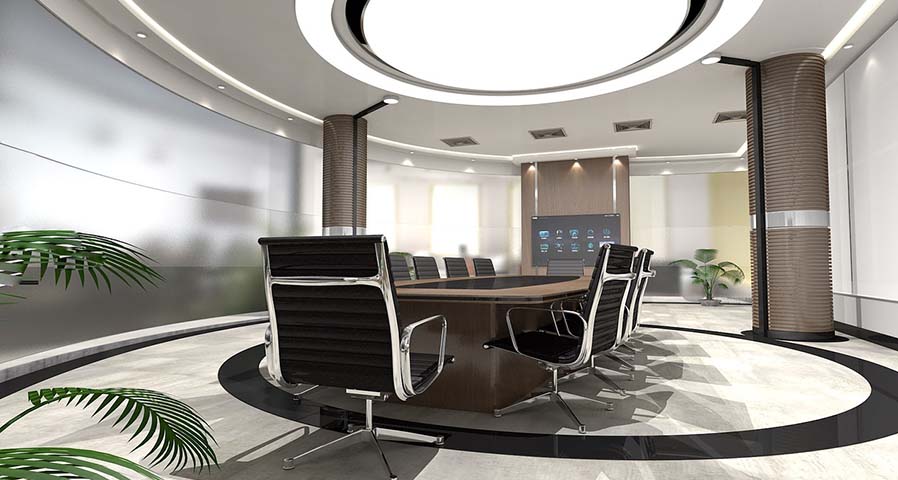
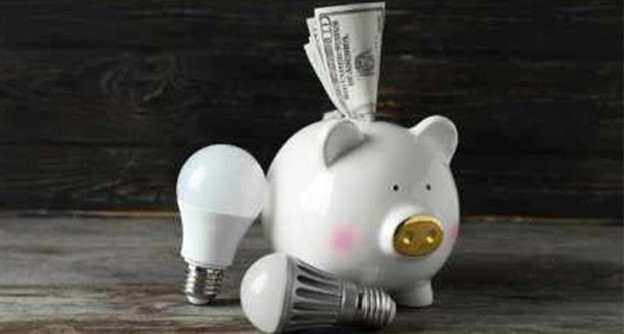
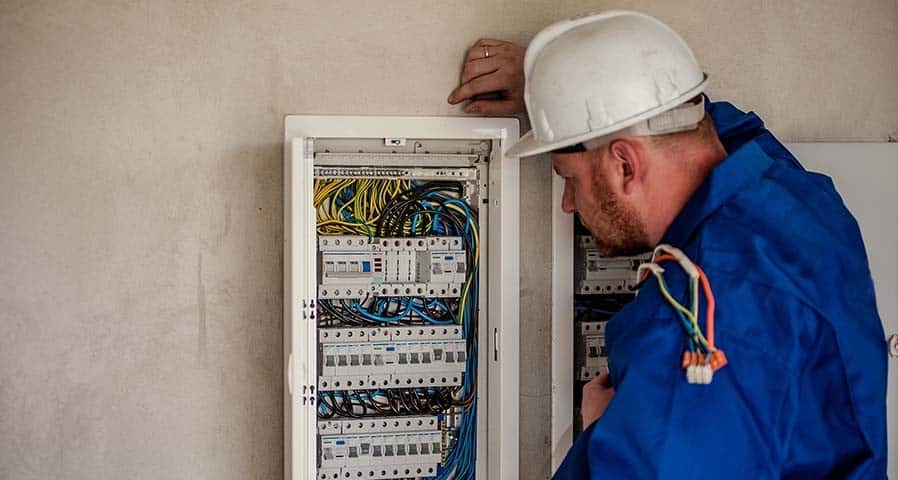
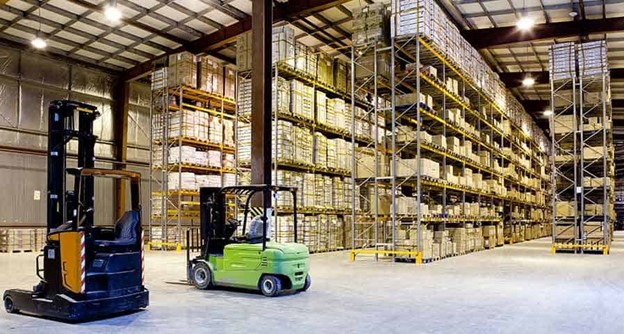
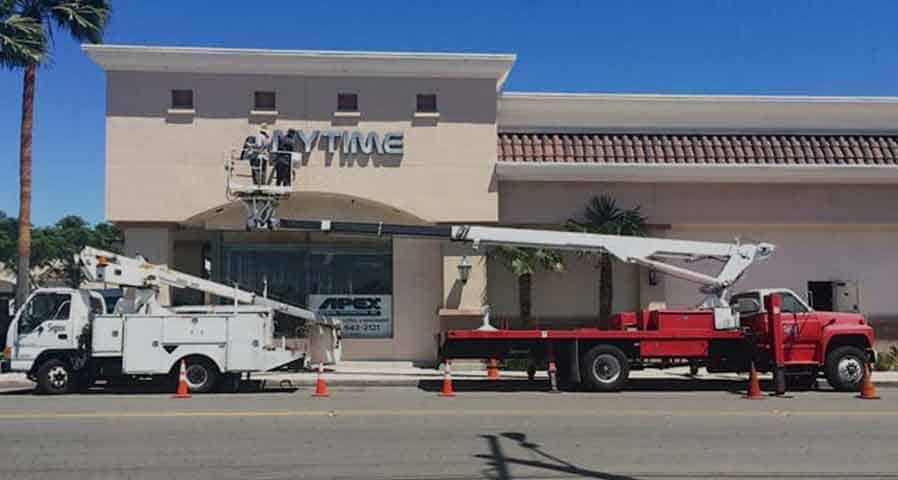

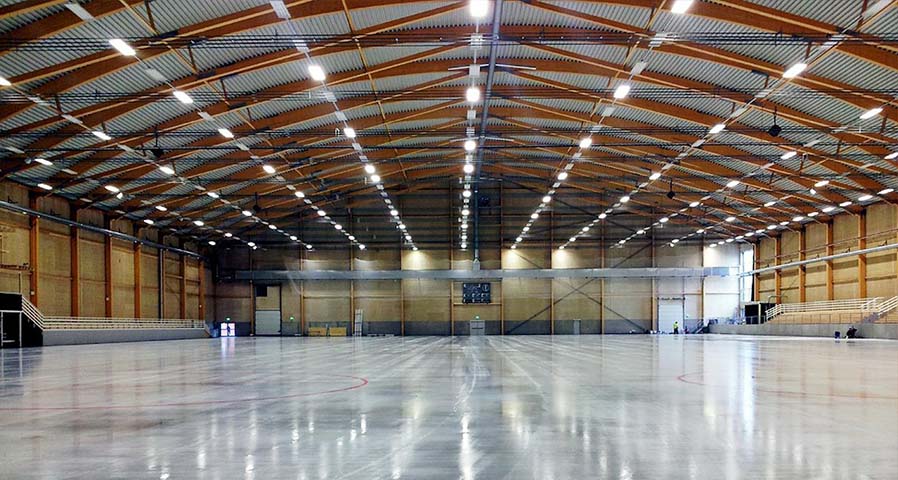
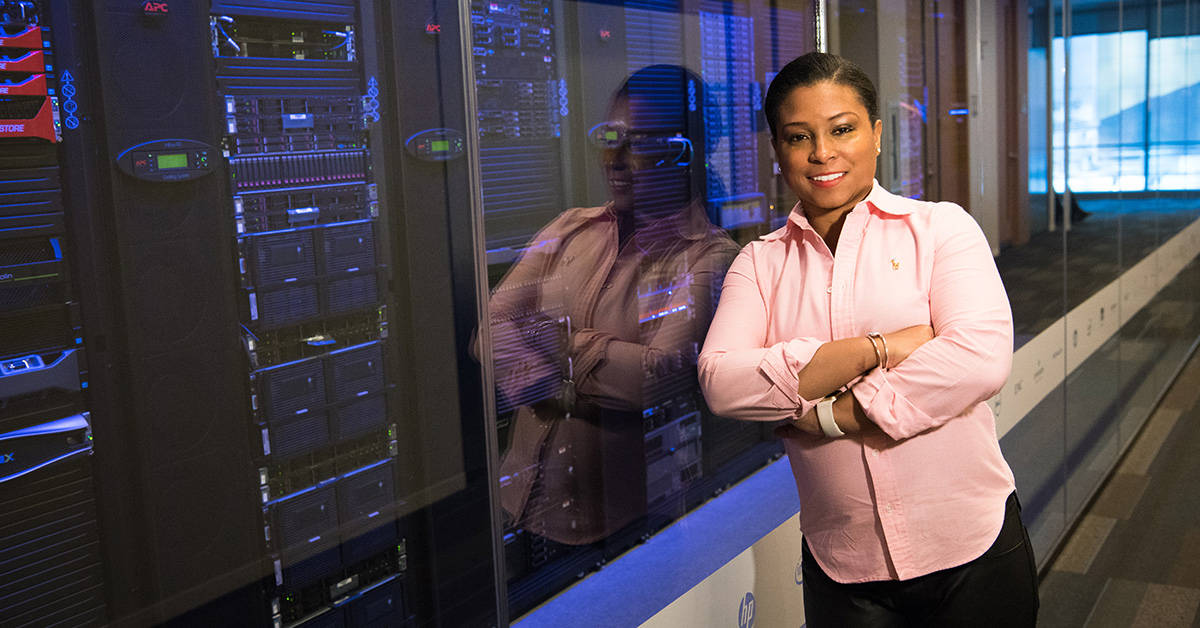



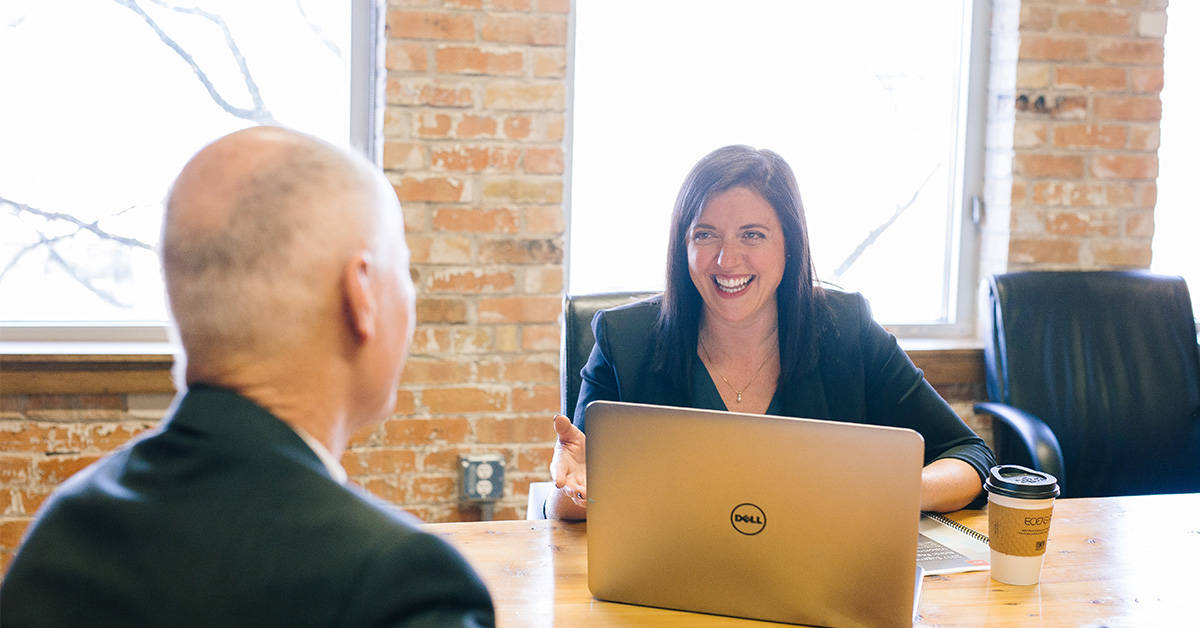

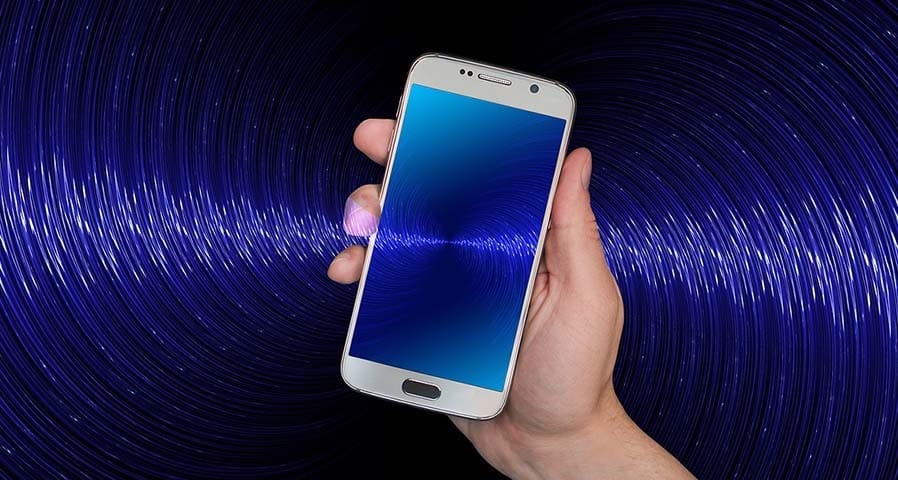
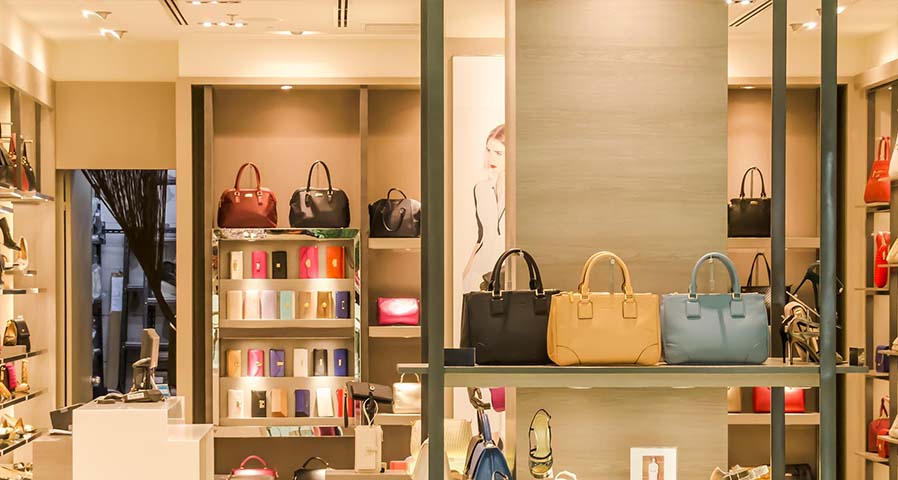
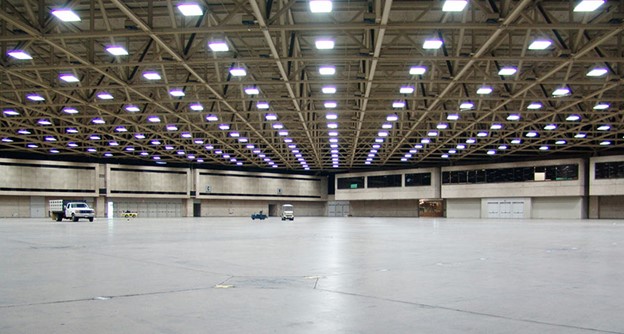
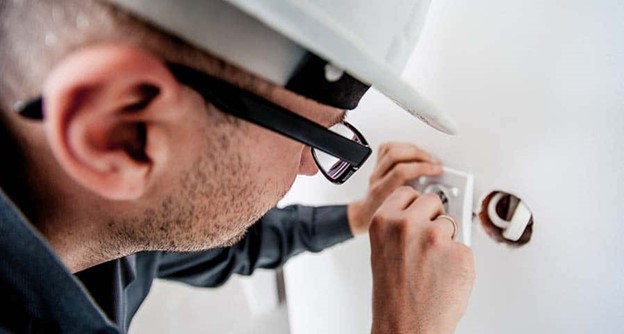
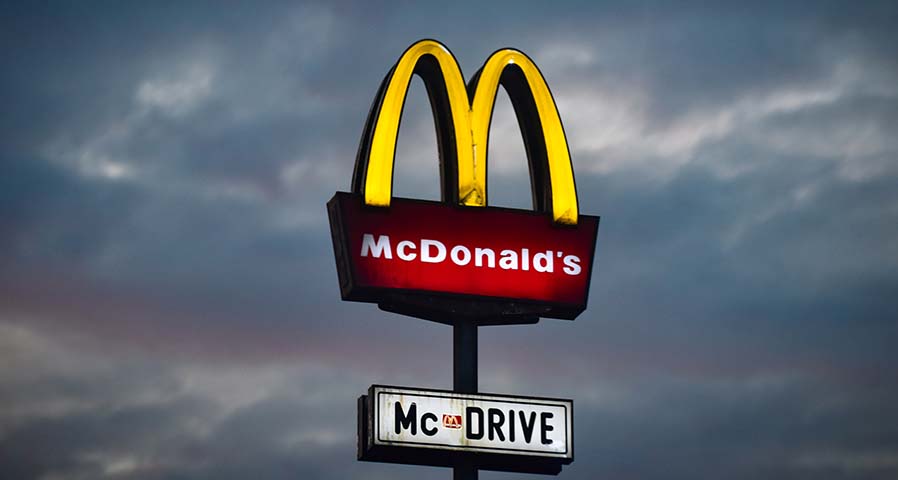
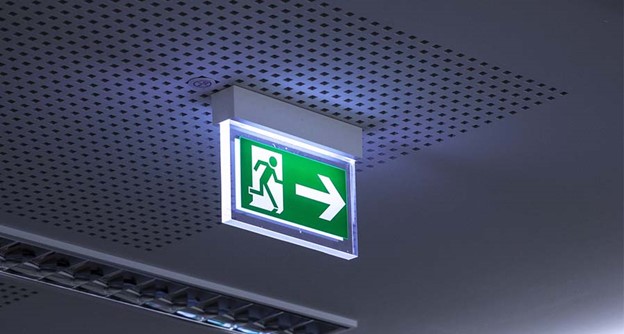
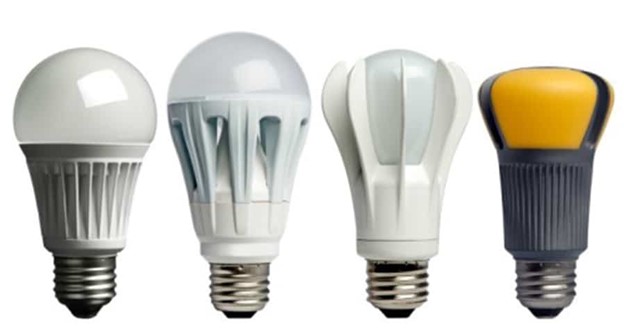
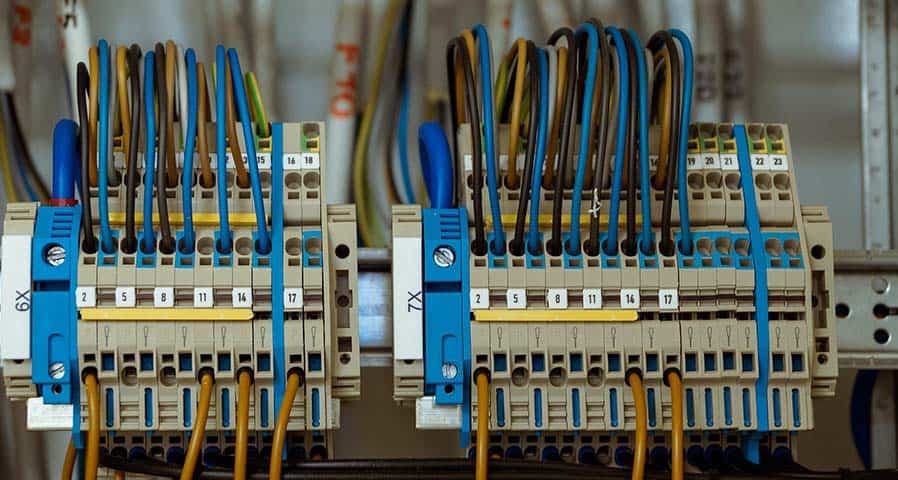
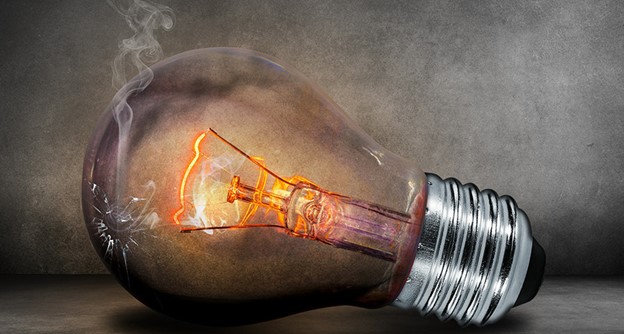
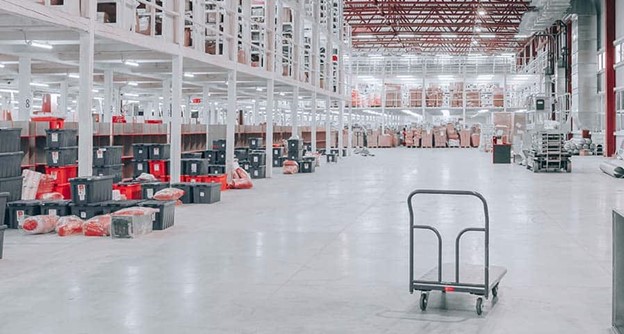

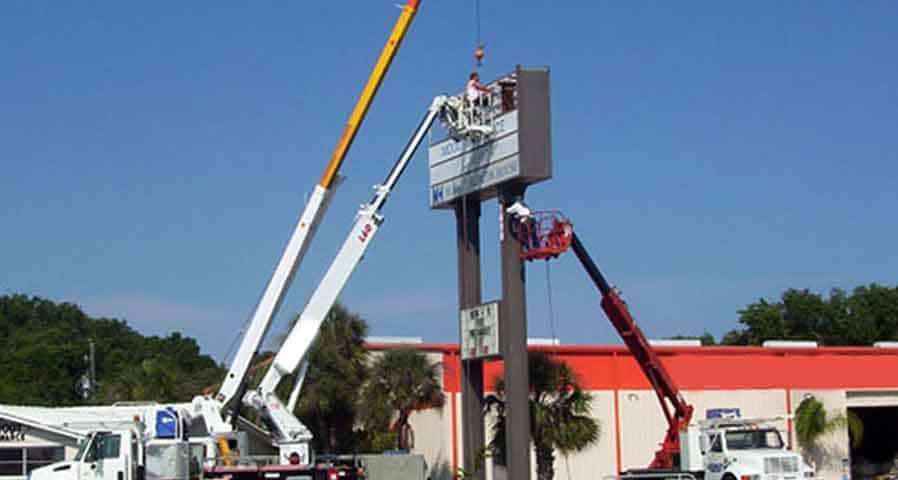

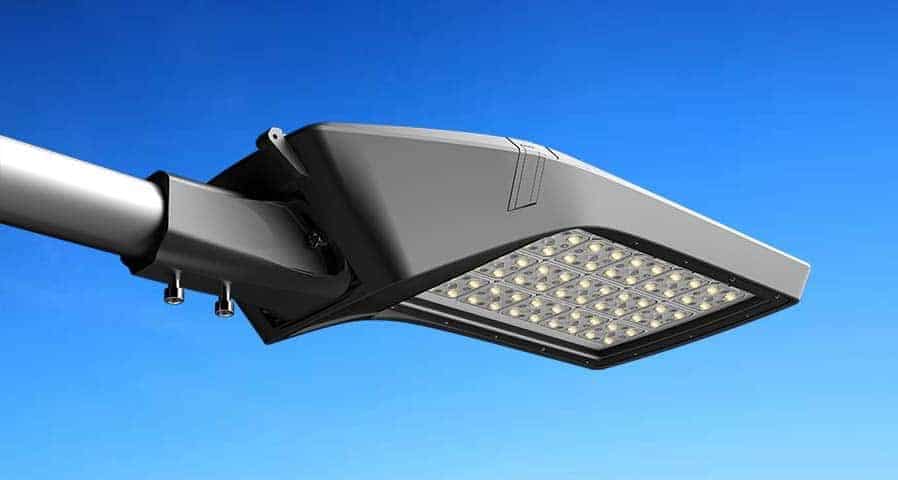
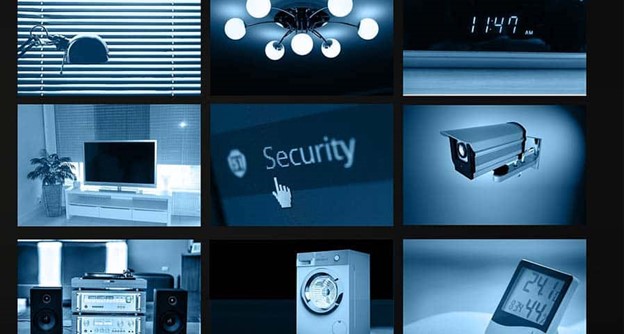
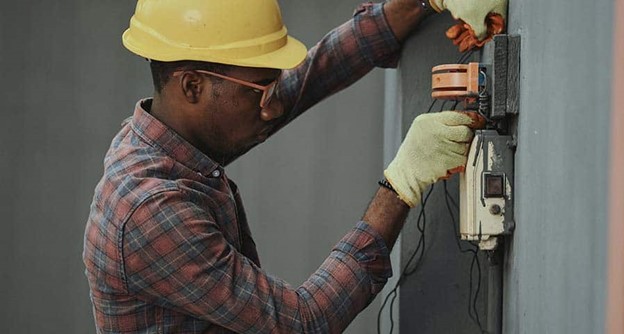
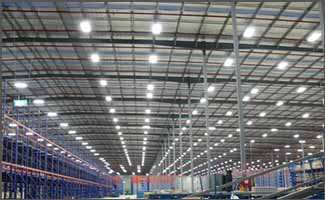
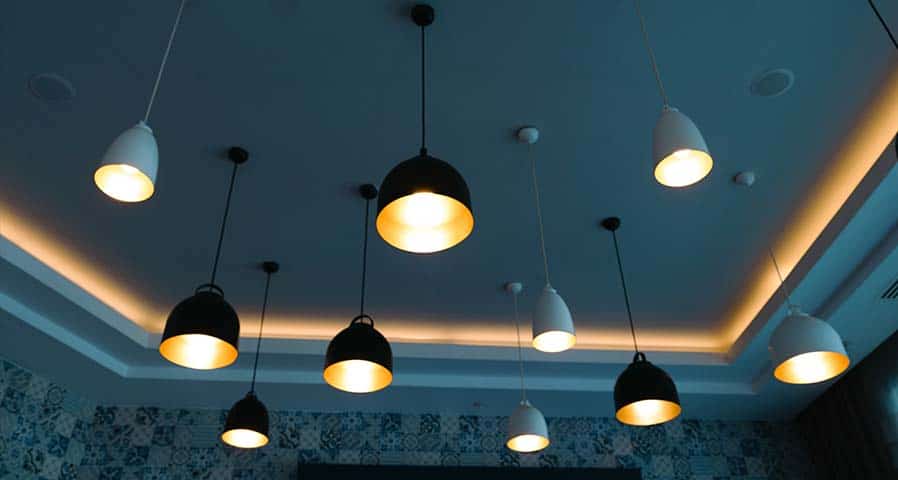


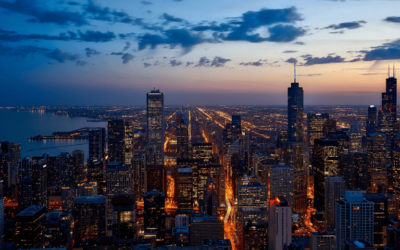
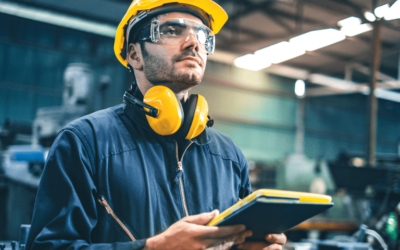
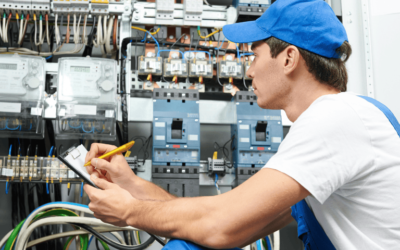


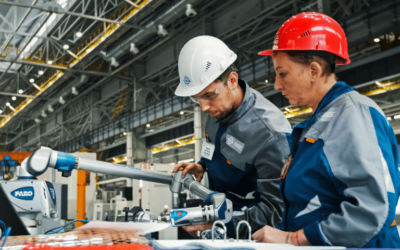
0 Comments